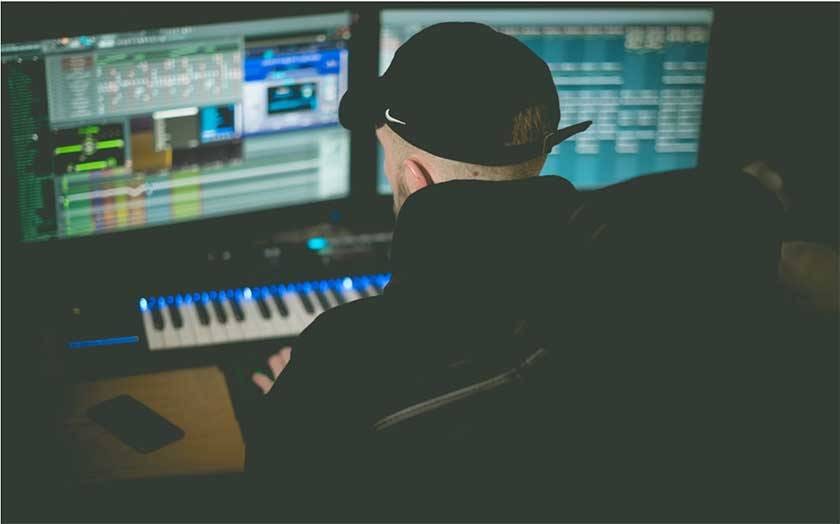
Hello! I’m Kaoru, a composer.
Today, I’d like to introduce some recommended items that make ear training (or ‘learning by ear’) easier and more enjoyable.
I’ve been working on creating MIDI data by ear for a few years now.
Though I’m still learning, I’ll share some personal insights based on my experience.
For both creators and players, practicing ear training is essential for skill improvement. I hope this article encourages you to give it a try!
■ What is Ear Training?
Ear training, as the term suggests, means ‘copying’ a song by ear.
Some say you need perfect pitch to do this, but that’s not the case at all—I don’t have perfect pitch myself!
With dedicated practice, anyone can develop relative pitch and become proficient.
For creators:
It’s a great way to learn music theory naturally.
It helps expand your chord progressions and stylistic range.
For players:
It allows for more expressive improvisation.
It makes playing by ear a fun challenge, rather than just sticking to sheet music.
So, let’s practice ear training!
Plus, when you’re good at ear training, you won’t need to buy sheet music, leaving you with extra budget for gear!
■ For Those Interested in Working in MIDI Data Production
If you’re interested in using ear training professionally, here’s a brief overview of the essentials you’ll need:
- Computer (doesn’t have to be high-spec)
- Audio interface (optional but helpful)
- DAW (Digital Performer is the industry standard, though Cubase works too)
- Headphones (essential for hearing fine details)
- GM/GS sound library (no third-party libraries allowed)
These are the minimum requirements.
Additionally, since it is necessary to reproduce realistic performances through MIDI programming, a significant amount of knowledge about MIDI is required.
Many people may have only used third-party sound sources recently, but just having that knowledge isn’t enough!
There is a lot to learn, but it is definitely useful for composing, making it perfect for those who want to improve while earning some extra pocket money.
To start getting jobs, you must pass a test to have your skills recognized, but it is a rewarding line of work.
Now, let’s pick up some recommended products available at Sound House!
AKG / K702 Open-Back Headphones
When it comes to headphones for ear training, open-back models are recommended for the following reasons↓
- You can wear them for long periods without discomfort.
- They make it easier to discern important panning (spatial positioning) for ear training.
Of course, that doesn’t mean closed-back models are bad!
*Considering the strain on your ears, I do not recommend using in-ear monitors.
M-Audio / AIR 192|4 Audio Interface (USB-C Connection)
You can do ear training using the audio output from the ports that come with your PC.
However, better sound quality is always preferable.
I don’t have a specific reason for recommending this product.
In my experience, even a cheap audio interface is sufficient!
I think it’s best to use something you are already familiar with.
This plugin is really useful to have.
When you’re doing ear training, there are always sounds that you just can’t make out no matter how many times you listen to them.
In such cases, using an equalizer can help!
While the equalizer that comes with your DAW is fine, I recommend Neutron, as it allows you to visually confirm the sounds as well.
This product is definitely valuable for music production.
Personally, it’s one of my favorite plugins.
If you want to get it at a lower price, here’s the option:
iZotope / First iZotope Set Pro Easy Package Edition
- Ozone Standard
- Neutron Standard
- Nectar Elements
- RX Elements
- Trash 2
- Iris 2
- Phoenix Verb
- R2
- Excalibur
- BreakTweaker Expanded
- Stutter Edit 2
This package is incredibly affordable, especially considering it includes these... it’s just too cheap!
Another benefit of purchasing one iZotope product is that it allows you to buy future new products at cross-grade prices!
ZPLANE / DECODA Download Delivery
Finally, we have this!
It’s a super handy tool that supports ear training.
To be honest, I wouldn’t recommend it for those who are serious about improving.
However!
If you’re curious about what ear training is like and want to try it out as a reference, this could be a good option.
That’s all for some recommended items for improving your ear training skills.
At first, it may be very difficult, and you might get discouraged.
However, the sense of achievement when you successfully copy an entire song by ear is incredible.
Please give it a try!
The “sound & person” column is made up of contributions from you.
For details about contributing, click here.





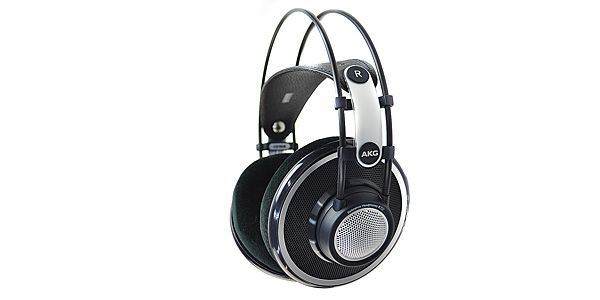
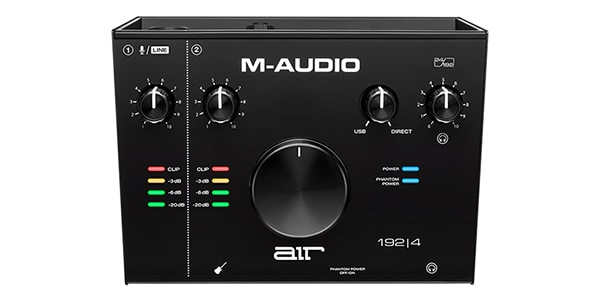
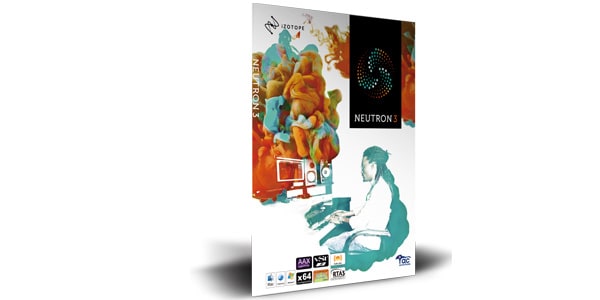
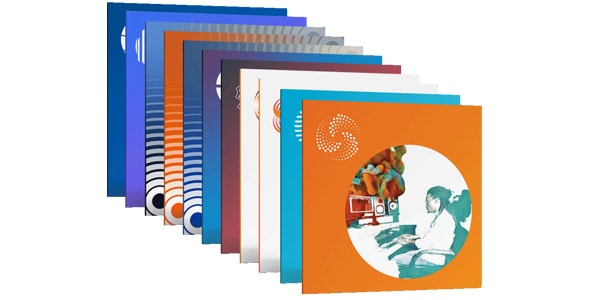
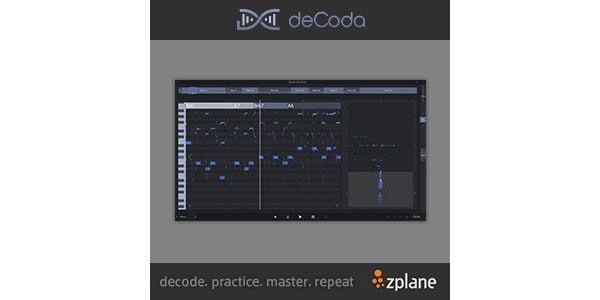











![Improve the Quality of Your Mixes with Ease! Recommended Plug-ins for Adding a Little More to Your Mixes [Waves]](/contents/uploads/thumbs/2/2022/3/20220304_2_16987_1.jpg)

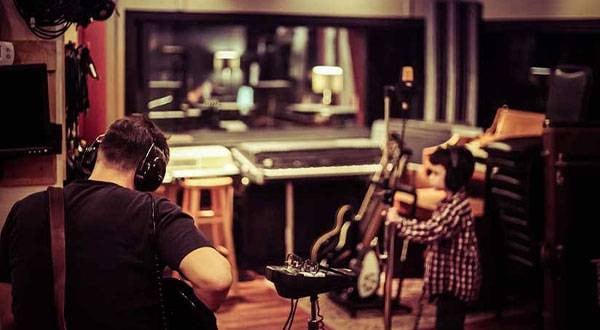
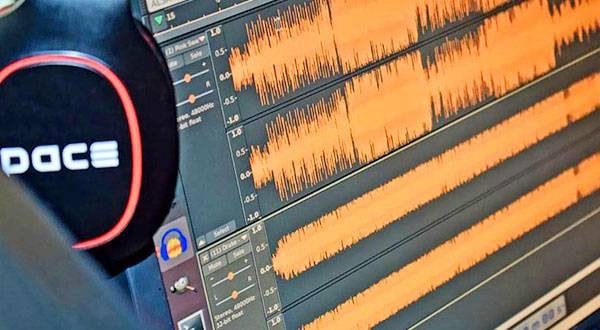

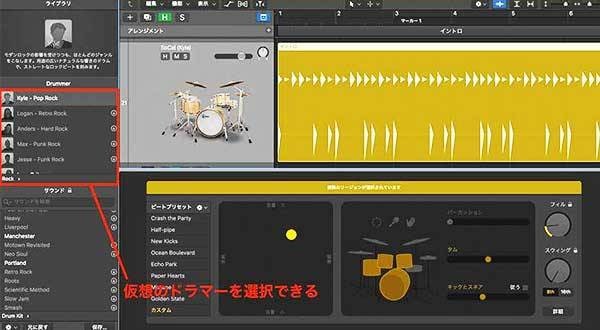
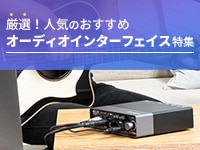 厳選!人気のおすすめオーディオインターフェイス特集
厳選!人気のおすすめオーディオインターフェイス特集
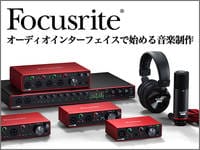 Focusriteオーディオインターフェイスで始める音楽制作
Focusriteオーディオインターフェイスで始める音楽制作
 DTMセール情報まとめ
DTMセール情報まとめ
 機能で選ぶ オーディオインターフェイス
機能で選ぶ オーディオインターフェイス
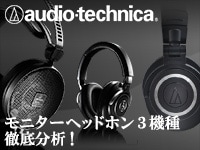 オーディオテクニカ モニターヘッドホン3機種 徹底分析!
オーディオテクニカ モニターヘッドホン3機種 徹底分析!















